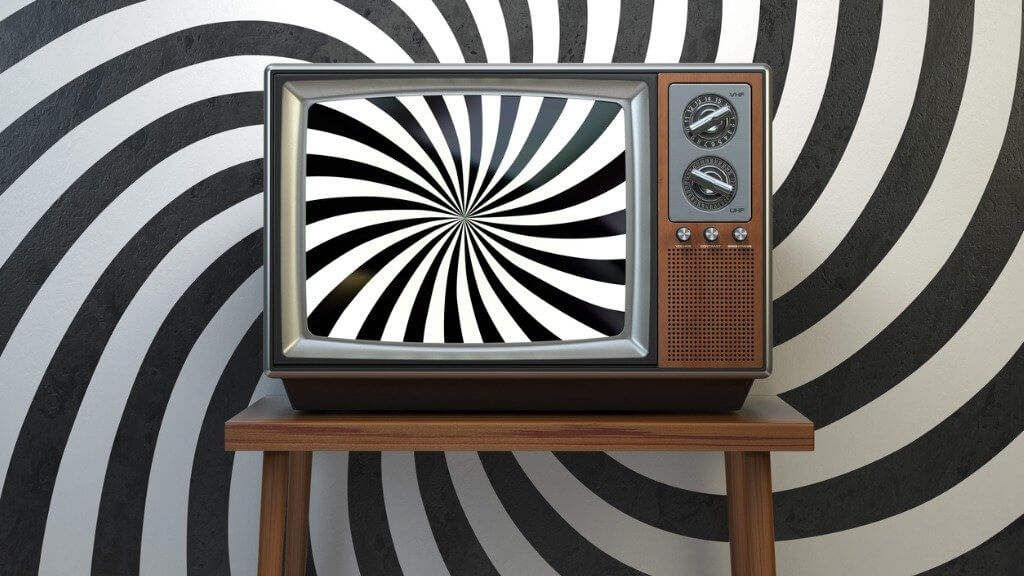From Real World To Survivor – Reality TV Trends

When The Real World aired in 1992 it lacked in the ratings. The producers of the show, Mary-Ellis Bunmin and Jonathan Murray, quickly realised that the episodes containing conflict or romance were the most popular, and thus came to the evident conclusion that the viewers wanted more drama.
They made changes for the second series with the cast being much more controversial and provocative. Issues such as sex, plastic surgery, gay rights, and abortion were all present at some point throughout the show, and its ratings consequently soared.
This revelation that sex and drama sells sparked a boom in reality TV as producers realised there was a lot of money to be made by investing in the genre. All of a sudden new shows began to burst on to the scene with Reality TV really picking up momentum in the late 1990’s.
In 1996, the BBC launched ‘Changing Rooms’ in the UK, a show which featured couples redecorating each others’ houses. It was the first ever reality TV show with a makeover theme, and it sparked other shows of its kind, with programs like Extreme Makeover and How to Look Good Naked being later launched.
As the years progressed, a whole host of new formats and sub-genres began to appear. There was gamedoc’s such as Big Brother, Next Top Model, and The Apprentice, dating programmes such as The Bachelor, and Beauty and the Geek, docusoap’s which had began with the The Real World and later added shows such as The Hills and The Real Housewives of Orange County to its category, the talent contest with programmes such as the X Factor, American Idol, and Dancing on Ice, and finally reality sitcoms with the likes of The Simple Life and The Osbournes.
As any live streaming company will tell you, Big Brother brought about 24/7 live streaming for the first time as well, meaning viewers were not restricted to just the nightly episodes.
As producers acknowledged the potential for reality TV and bought into the genre there was one element which was incorporated into an array of the sub genres mentioned, and that is competition .
In 1997 the show Expedition Robinson aired in Sweden, the show would later be known worldwide as Survivor . Throughout the show contestants competed for a cash prize whilst participating in an array of challenges in the wild. The show uses the process of elimination until there is one remaining survivor who wins the series.
This element of competition added a whole new dimension to reality TV – not only were we witnessing the reality of people living together sharing moments of love and conflict, but we were witnessing the contests battling against each other too.
The struggles the contestants faced on shows like Survivor were a representation of the struggles faced in daily life by ordinary people. How far would you be willing to go to get that job you need? How far would a contestant be willing to go to win the one million dollar prize?
As a result the element of competition became ever-present with an array of different reality TV shows such as Big Brother, Next Top Model, I’m a Celebrity… Get me out of here! and American Idol all launching and integrating competition as their central point.




